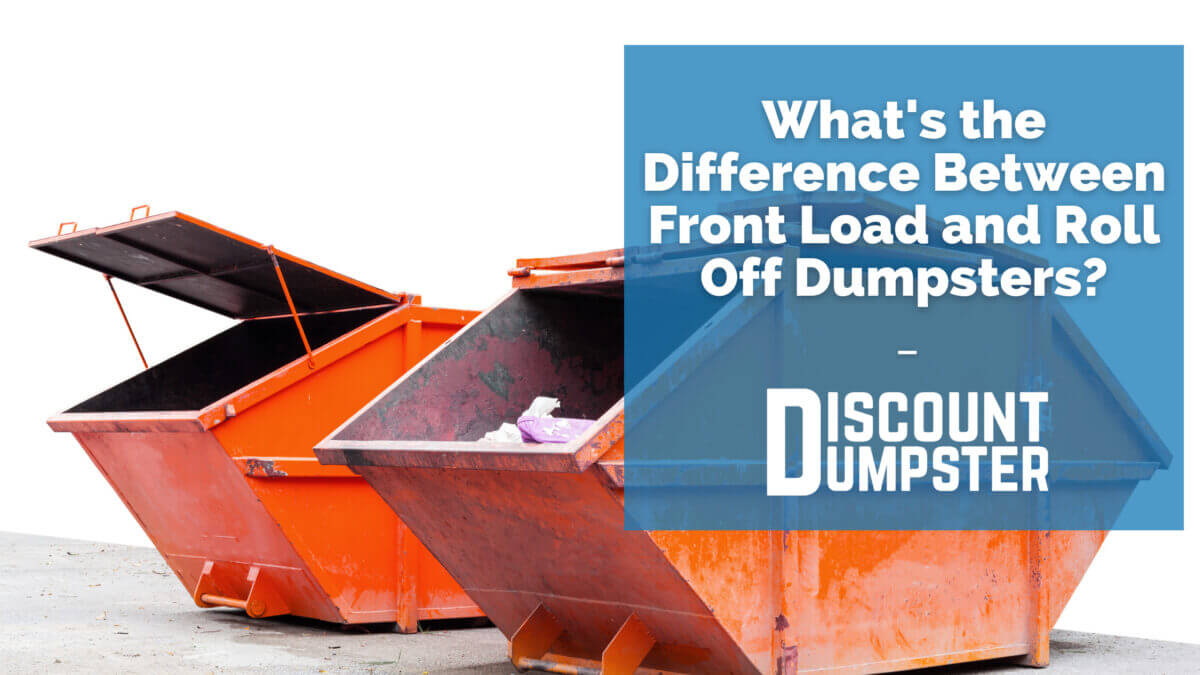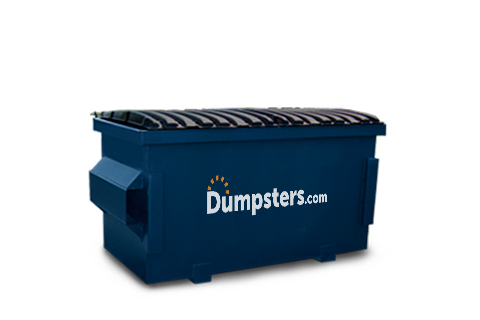Renting a dumpster is a simple procedure when broken down into 10 vital actions. First, determine your dumpster needs by examining project range, identifying the right dimension and attributes, and looking into neighborhood regulations. Next off, choose the best size based on project needs and waste kind, and select a reputable dumpster company with transparent prices and service offerings. After that, check regional regulations, timetable a shipment date, and prepare the website for shipment. Tons the dumpster successfully, complete the rental duration, and schedule a pick-up time Finally, review and clear up the rental billing to guarantee a smooth final thought. Currently, find out exactly how to efficiently browse each step.
Determine Your Dumpster Needs
With a clear understanding of the task's requirements, determining your dumpster needs is the following important action in the rental process.
It is very important to evaluate the range of your project, including the type and amount of waste you anticipate to generate. This will assist you identify the appropriate dumpster dimension, type, and features to meet your particular needs.
Consider the weight and quantity of the products you'll be disposing of, in addition to any local policies or restrictions that might apply.
Additionally, think of the duration of the project and how usually you'll need to empty the dumpster.
By taking these factors right into account, you can assure that you rent a dumpster that is suitable for your job, decreasing the risk of delays, excess, or various other issues.

Choose the Right Dumpster Size
The project's one-of-a-kind demands determine the ideal dumpster size, and selecting the best one is essential to assuring a seamless waste administration process A dumpster that is also small can result in frequent emptying and additional rental expenses, while one that is as well huge can cause wasted space and unnecessary expenses.
To identify the appropriate dimension, take into consideration the type and amount of waste to be gotten rid of, along with the readily available space on-site for the dumpster.
Common dumpster dimensions range from 10 to 40 cubic backyards, with 20-yard dumpsters being a preferred choice for residential projects For smaller projects, such as restroom remodels or decluttering, a 10-yard dumpster might be sufficient.
Larger jobs, like construction or demolition, may require a 30- or 40-yard dumpster. It's vital to talk to a dumpster leasing specialist to determine the ideal size for your particular task needs.
Select a Reliable Dumpster Company
When looking into firms, search for these vital variables to ensure you're partnering with a credible provider.
Be wary of firms with poor online reputations, inadequate insurance coverage, or unlicensed operations.
Check Local Dumpster Rental Regulations
Beyond picking a reputable dumpster rental company, it's essential to familiarize on your own with local regulations governing dumpster rentals in your area.
Understanding these guidelines will help you prevent potential penalties or penalties and guarantee a smooth rental experience.
Dumpster rental policies can differ greatly from one place to one more, and it is very important to look into the specific policies and restrictions in your area.
Some key variables to think about include:
- Permits needed for dumpster placement on public or exclusive property Weight and dimension restrictions for dumpsters Prohibited products and items that can not be placed in dumpsters Noise policies and restricted hours for dumpster distribution and pickup
Schedule a Dumpster Shipment Date
One vital aspect of a successful dumpster rental experience is setting up a delivery date that lines up with your project timeline This guarantees that the dumpster arrives when you require it, permitting you to stay on track and satisfy your deadlines.
When organizing your shipment day, consider the scope of your project, the amount of particles you anticipate to generate, and the period of your rental period. Make certain to offer your dumpster rental company with accurate information concerning your project schedule to guarantee a smooth shipment process.
It's additionally crucial to take into account factors such as weather condition, traffic, and access to your site when picking a distribution day. Furthermore, bear in mind any type of local regulations or limitations that may affect your distribution schedule.
Prepare the Dumpster Distribution Site
Site preparation is necessary to ensure a smooth dumpster distribution experience A well-prepared website ensures the dumpster can be provided securely and efficiently, saving you time and problem. Before the dumpster shows up, take a few mins to prepare the distribution website to prevent any kind of potential issues
- Clear the area of any kind of challenges, such as cars and trucks, trees, or power lines, to ensure the dumpster can be delivered and placed correctly. Check the driveway or delivery path for any kind of splits or weak points that might be damaged by the weight of the dumpster. Remove any type of loosened items, such as playthings or furniture, that can be harmed or surprised by the wind. Mark the precise spot where you desire the dumpster to be put, guaranteeing it's easily accessible and satisfies local regulations
Load the Dumpster Efficiently
Load the dumpster successfully by optimizing its ability and decreasing the danger of overflowing. This can be accomplished by sorting products right into categories, such as building materials, family waste, and recyclables.
Start by placing heavy or cumbersome items, like furniture or devices, at the bottom of the dumpster. This will help develop a stable base and protect against damage to the container.

Next, include smaller items like boxes, bags, and loosened debris, seeing to it to load any voids or empty spaces. Maintain regularly used items, like tools or tools, easily obtainable by putting them near the dumpster's opening.
Be mindful of weight distribution and stay clear of overloading the dumpster, as this can cause safety hazards and added fees.
Complete the Dumpster Rental Period
The dumpster rental period ends when the agreed-upon timeframe or the container's optimum capacity is gotten to. At this moment, you have actually effectively filled the dumpster with the unwanted waste and debris, and it's time to plan for the next step in the process.
To guarantee a seamless experience, keep the complying with points in mind:
- Avoid overfilling the dumpster, as this can result in safety and security problems and added fees. Ensure all waste is constrained within the dumpster and not spilling over the sides. Keep the dumpster easily accessible and clear of challenges to promote very easy pickup. Double-check that you have actually gotten rid of all personal things and valuables from the dumpster.
Schedule a Dumpster Pick-up Time
When organizing the pick-up, ensure you have adequate time to complete the loading process and have all particles consisted of within the http://piedmonttriad-dumpsters.theburnward.com/damaging-down-the-costs-what-influences-dumpster-rental-costs dumpster.
It's likewise essential to verify the pickup window with the rental firm to avoid any kind of misunderstandings.
Some companies may offer flexible scheduling, including morning or mid-day pick-ups, while others might have more stringent time frames.
Review and Resolve the Rental Invoice
Upon completing the dumpster pickup schedule, attention transforms to the monetary aspect of the rental process.
It is critical to review and resolve the rental invoice to ensure a smooth and easy experience.
- Review the invoice for precision, checking for any discrepancies in the rental duration, dumpster dimension, and services provided. Verify that all costs are right, consisting of any additional fees for overweight dumpsters or extended rental periods. Check if any discount rates or promos were used correctly. Ascertain that the payment terms and techniques are clear and understood.